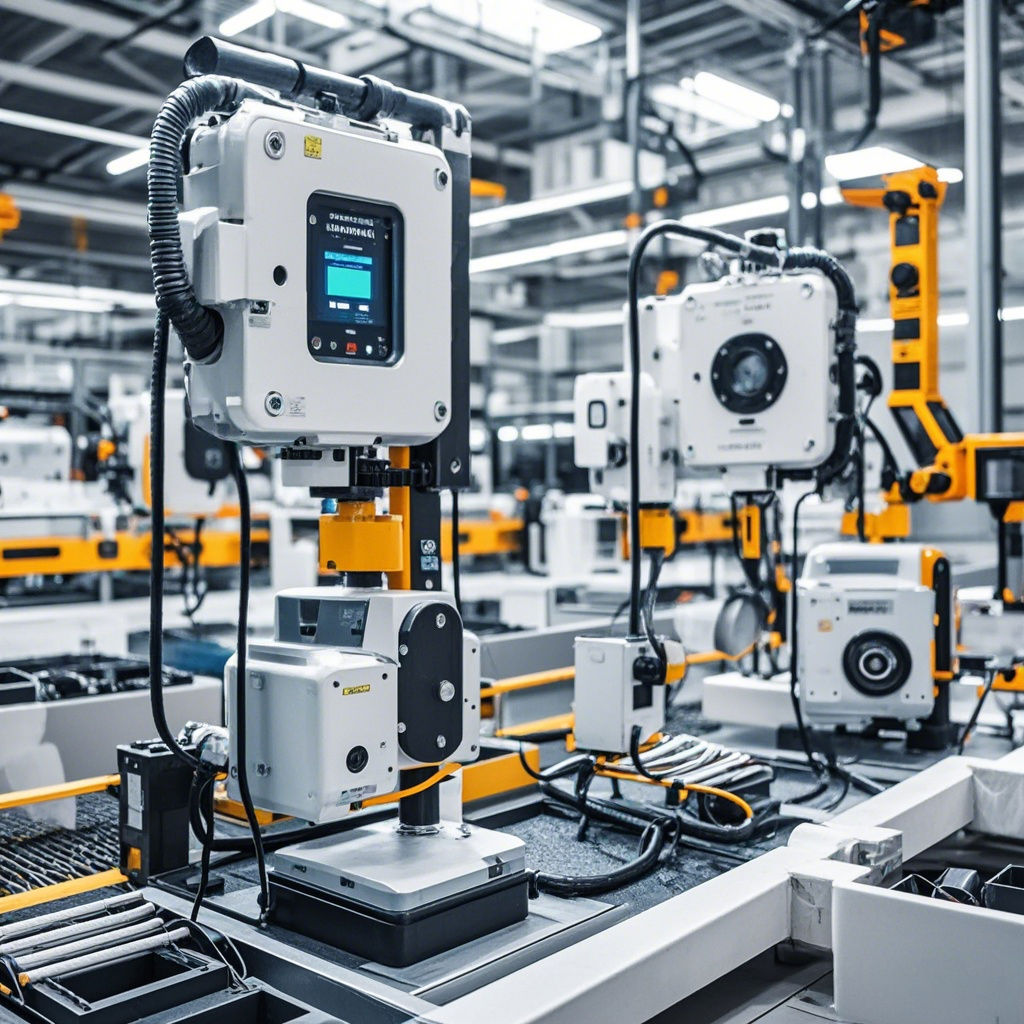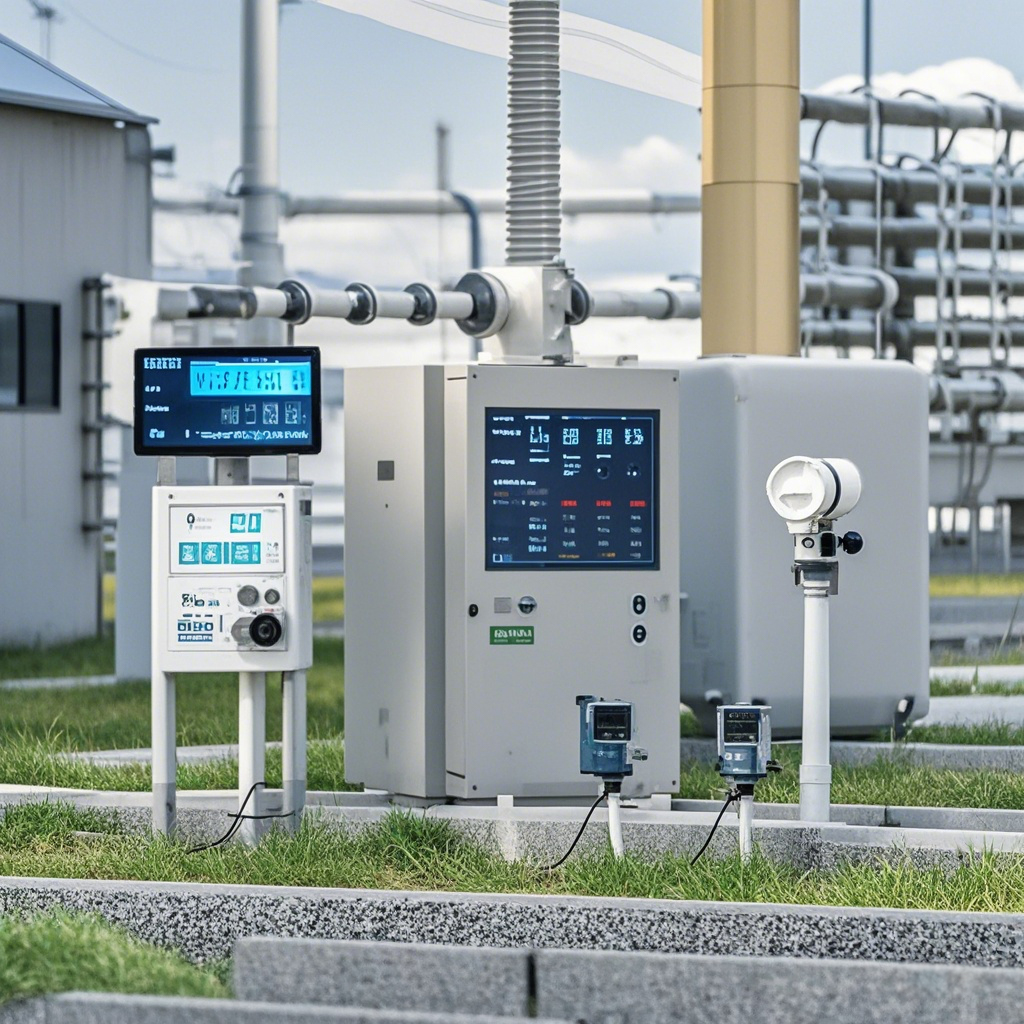Focus on digitalization
I. Introduction
In today's digital era, the industrial sector is facing unprecedented opportunities and challenges. As the "sensory organs" of industrial production, industrial sensors, combined with digital technologies, provide a powerful driving force for the intelligent and efficient development of industries. This article will explore the close relationship between industrial sensors and digitalization, and how they jointly pave the way for a new future in industry.
II. The Integration of Industrial Sensors and Digitalization
(I) Data Collection and Transmission
Industrial sensors are capable of collecting various types of data in real-time during the production process, such as temperature, pressure, and level. This data is quickly transmitted to central control systems via digital transmission technologies, such as wireless communication and Ethernet, providing enterprises with real-time production status information.
(II) Data Analysis and Processing
Digital technologies offer powerful tools for the analysis and processing of industrial sensor data. Through big data analysis, artificial intelligence, and other technologies, enterprises can deeply mine sensor data, extracting valuable information to support production decision-making. For example, by analyzing temperature sensor data, companies can predict equipment failure trends and perform maintenance and servicing proactively.
(III) Intelligent Control and Optimization
Based on sensor data and digital analysis results, companies can achieve intelligent control and optimization of the production process. For example, by adjusting the parameters of pressure sensors, precise control of production equipment can be achieved, improving product quality and production efficiency. At the same time, digital technologies can automate and intelligently optimize the production process, reducing manual intervention and lowering production costs.
III. Successful Cases of Sensor Integration with Digitalization
(I) Intelligent Manufacturing Plants
In an advanced automotive manufacturing intelligent factory, temperature, pressure, and level sensors are widely used in various production stages. In the welding workshop, temperature sensors precisely monitor temperature changes during the welding process to ensure stable welding quality. Through real-time analysis of these sensor data by the digital system, if the temperature exceeds the set range, the system immediately triggers an alert and automatically adjusts the welding parameters. In the painting workshop, pressure sensors monitor the pressure of the spraying equipment, ensuring that the paint thickness is even. Level sensors continuously monitor the paint storage tank's liquid level, and when the level is too low, the system automatically alerts staff to replenish it. Through the seamless integration of sensors and digitalization, this factory has achieved a high degree of automation and intelligence in its production process, significantly improving both production efficiency and product quality.

(II) Energy Management Sector
In the energy management system of a large industrial park, temperature, pressure, and level sensors play a critical role. Temperature sensors are installed on heating pipelines to monitor supply temperatures in real time, ensuring that the heating needs of enterprises within the park are met. Pressure sensors are installed on water supply pipelines to monitor water pressure, guaranteeing stable water supply. Level sensors are used to monitor the levels of oil and gas storage tanks, enabling timely replenishment of fuel and gas.
Through a digital energy management platform, the data from these sensors is integrated and analyzed to achieve rational energy distribution and efficient utilization. For example, the system can automatically adjust heating and water supply pressure according to energy demand at different times of day, thereby reducing energy consumption. At the same time, long-term monitoring of sensor data can help detect issues such as energy leakage, allowing for timely maintenance and reducing energy waste.

IV. Challenges and Solutions in the Integration of Industrial Sensors and Digitalization
(I) Data Security and Privacy Protection
As sensors become more integrated with digital systems, vast amounts of industrial data are collected and transmitted, posing significant challenges in data security and privacy protection. To address these challenges, enterprises can implement measures such as encryption, access control, and data backups to ensure the security of sensor data. Additionally, strengthening employee awareness of data security and establishing strict data management policies and procedures can help prevent data breaches.
(II) Accuracy and Reliability of Sensors
In industrial environments, sensors may be subjected to various interferences, potentially compromising their accuracy and reliability. To enhance sensor performance, companies can opt for high-quality sensor products and conduct regular calibration and maintenance. Moreover, adopting multi-sensor fusion techniques—where data from multiple sensors validate each other—can further improve measurement accuracy and reliability.
(III) Technical Standards and Compatibility
Sensors and digital systems from different manufacturers may suffer from inconsistent technical standards and poor compatibility. To resolve this issue, the industry should develop unified technical standards and protocols that promote interoperability between sensors and digital systems. When selecting sensors and digital solutions, enterprises should prioritize products that comply with industry standards to ensure system compatibility and scalability.
V. Conclusion
The convergence of industrial sensors and digitalization has ushered in profound transformations and opportunities within the industrial sector. Through real-time data collection, precise analysis, and intelligent control, sensors coupled with digital technologies drive industrial intelligence and efficiency. However, challenges persist, particularly in areas of data security, sensor performance, and technical standardization. Only through continuous innovation and collaborative efforts can the full advantages of sensor-integration and digitalization be harnessed to jointly shape a new industrial future. Enterprises should proactively embrace sensor and digital technologies, invest in their development, cultivate professional talent, and continuously explore new application scenarios to contribute to the sustainable development of industry.













